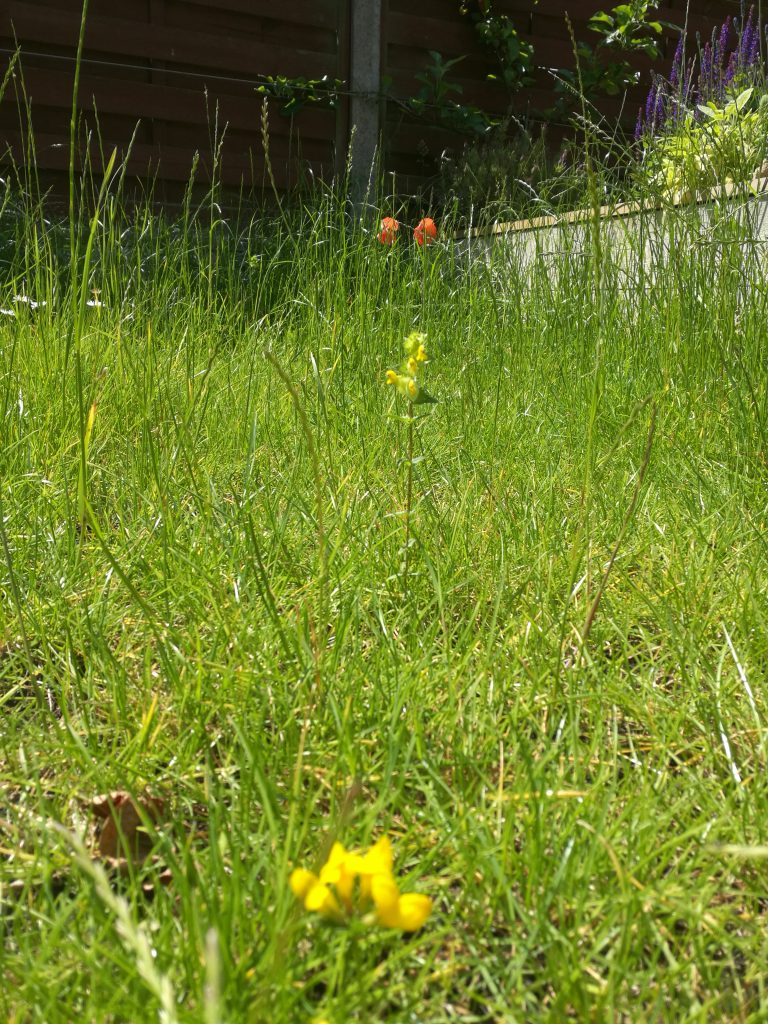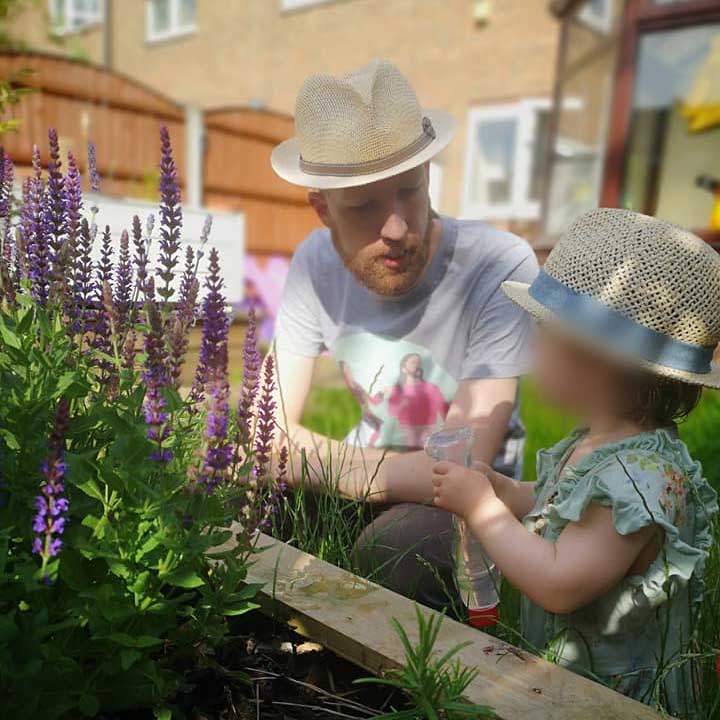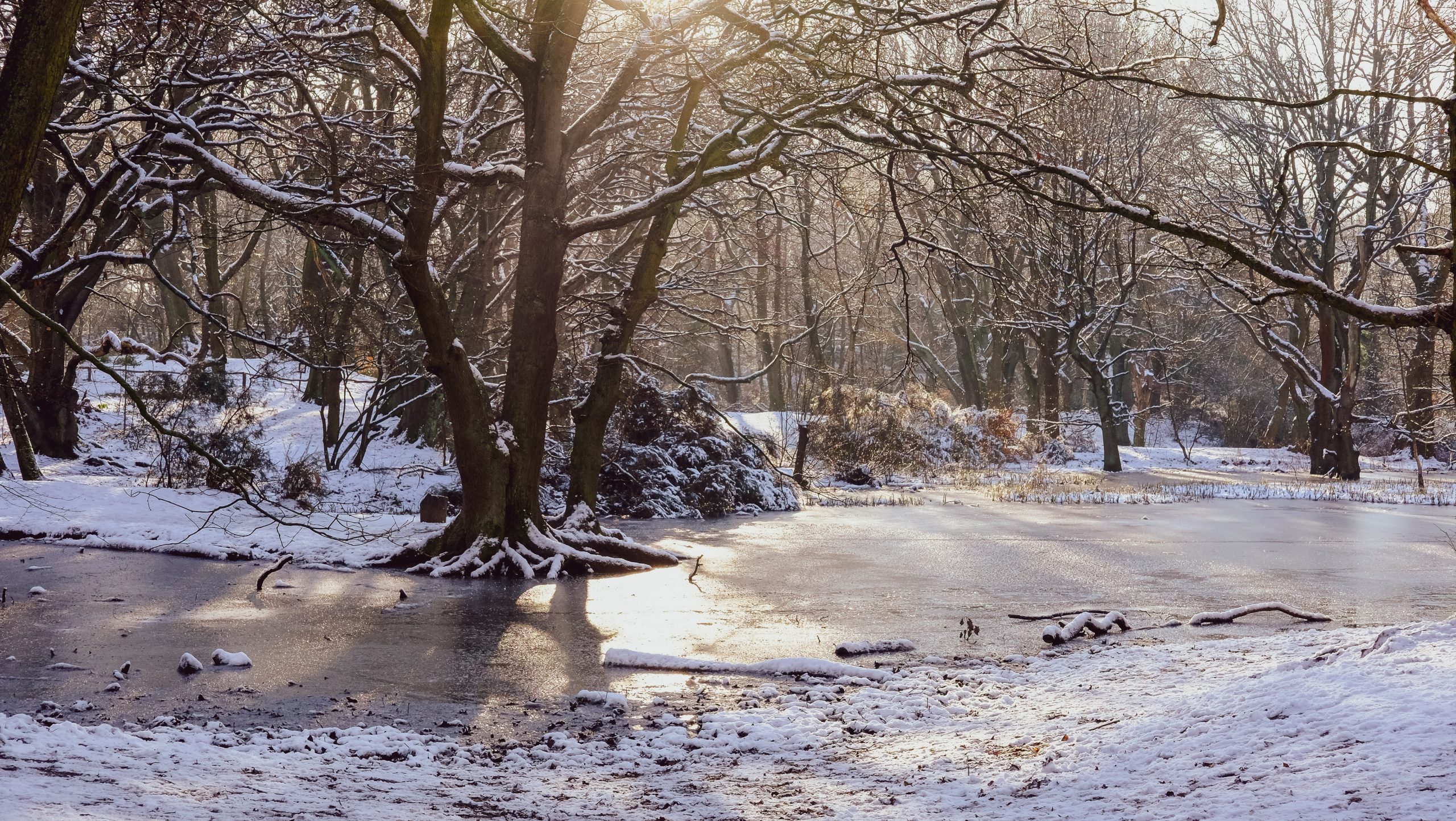I first thought about creating a wild garden in some form after reading the appropriately named “Wilding” by Isabella Tree. I immediately started thinking of things to do which would introduce wild elements to the small gardens we have. Now, you may have seen a bunch in the news about lynx being reintroduced to Scotland to provide a more natural way of controlling deer populations. It’s an element of wilding that is often divisive – the reintroduction of predators. Not all wilding has to be contentious, or such large scale.
This post contains links to products and advertising delivered by google. I have made these as unobtrusive as possible. You can learn more about what these do here.
Rewilding can enrich lives and help us to reconnect with wild nature
Rewilding Britain
Before we go into those, what is the point in (re)wilding? Most of the projects that get discussed are large in scale by the very… ahem, nature, of the idea being to let large areas of land return to nature, both actively – through reintroduction of species or passively, by just leaving it. The principles set out by Rewilding Britain are as follows:
Support people and nature together
Rewilding is about all of us finding ways to work and live within healthy, flourishing ecosystems. Rewilding can enrich lives and help us to reconnect with wild nature while providing a sustainable future for local and wider communities.
Let nature lead
From the free movement of rivers to natural grazing, habitat succession and predation, rewilding seeks to reinstate natural processes. This includes reintroducing missing species where appropriate, particularly keystone species. It is not geared to reach any human-defined optimal point or end state. It goes where nature takes it.
Create resilient local economies
Rewilding creates opportunities for resilient new nature-based economies. It’s about finding opportunities for livelihoods that thrive alongside and enrich, nature.
Work at nature’s scale
Rewilding is restoring ecosystems with enough space to allow nature to drive the changes and shape the living systems on which we all depend. Scale may come from single landholdings or through joining up nature so it can thrive from mountain top to doorstep, from source to sea.
Secure benefits for the long-term
Rewilding leaves a positive legacy for future generations. Securing the continued, long-term benefits of rewilding areas is key to a healthy, prosperous future.
They sound massive, but, they can still apply to your little garden or even a balcony or pot – I believe anyway!
How can I apply these?
Anyway you want. Let’s take the first one:
“Support people and nature together”
We cant all agree lockdowns have been pretty tough on everyone. One of the ways I have found really helpful for my own state of mind is feeding the birds. Creating a welcoming environment for them, which has increasingly attracted more and more birds as the year has gone on. Right now as I am typing I can see two collared doves and a bunch of sparrows feeding, hear a robin and see some blue tits and long tailed tits bouncing around the trees outside. Anything you do to have a positive effect on nature is going to “enrich lives and help us to reconnect with wild nature”. Walking around with Little Miss Greener has brought up memories of learning plant names with my parents and my grandparents that I didn’t realise the knowledge was still in there. Creating a wild garden can bring you so much!
Next, “Let nature lead”

Easy peasy, just leave things to do as they will, whether it’s Plantlife’s #NoMowMay, leaving leaves and branches on your garden, or leaving your entire garden to go wild, there are big and little things you can do. Now we have a meadow lawn established in the back garden we will only be mowing it twice a year, once about March and again towards October. Sometimes less is more and if you want a low maintenance garden maybe creating a wild garden is for you! We are perhaps going halfway, some wild, some managed. A little is better than none!
I’m not sure how our little patch will help “Create resilient local economies”, maybe as part of something larger you could argue we provide a little stronghold for our pollinators which hep farms? Who know. But that does feed into “Work at nature’s scale”. Our little garden might not be much but as part of a larger patchwork of lawns, bushes, parks, pots, ponds, borders, green roofs – you start to build a larger habitat. This is one of the reasons why hedgehogs have taken a hit in the past decade – more tarmac/block/slabbed/gravel gardens just don’t support them. Then throw in poor access so creatures can’t move from garden to garden.
Finally “Secure benefits for the long-term”
I think this speaks for itself. By creating these spaces we can benefit from them. Little Miss Greener is being indoctrinated into loving nature from a young age so hopefully we can build a greener future for them. Deep.

What next?
So here is our plan for creating a wild garden. I shall link these as blog posts go up!

